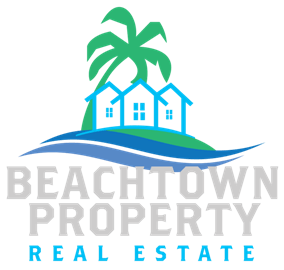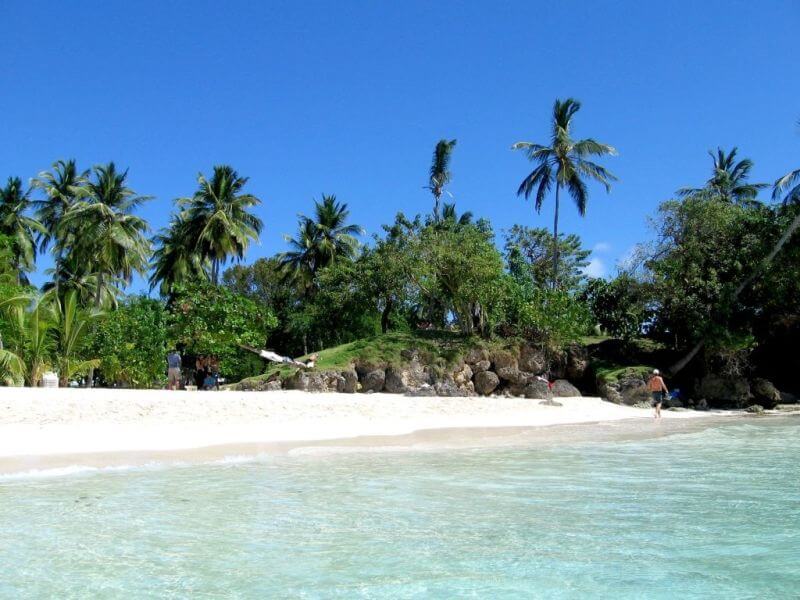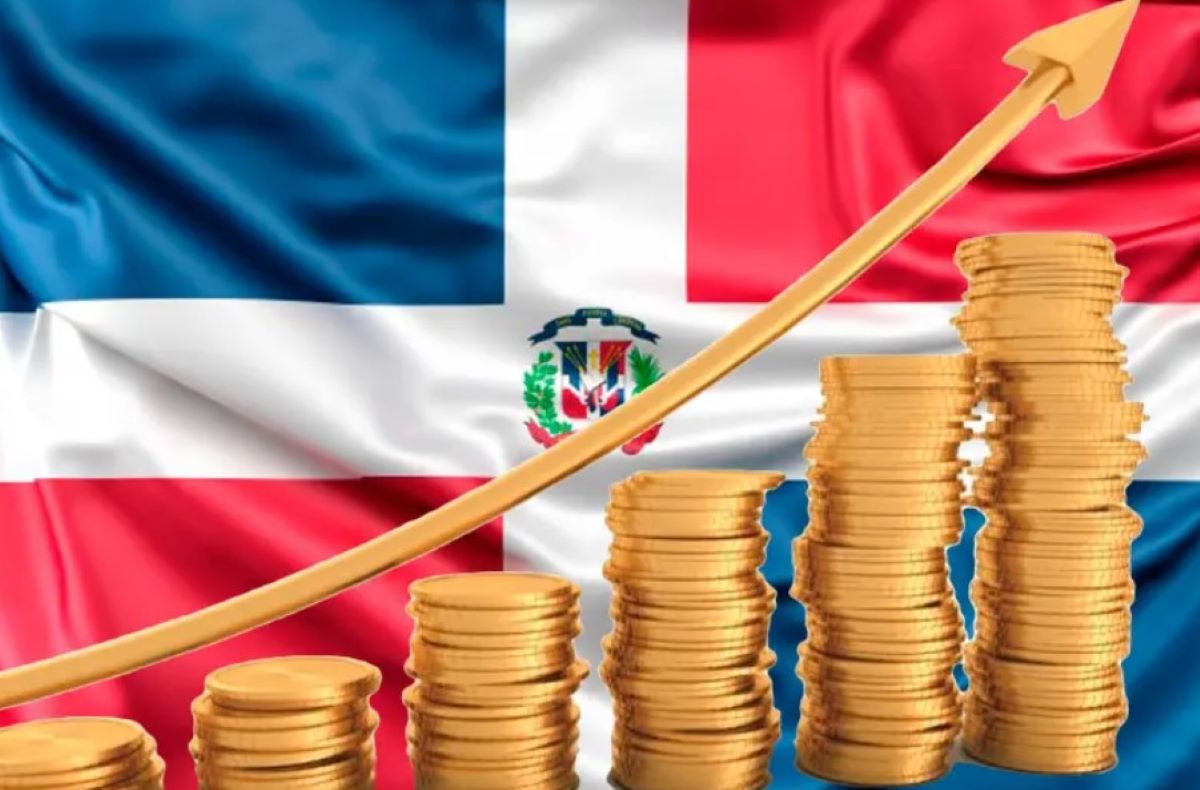The Dominican Republic is back on my radar. Actually, it’s been on my radar since I first visited in 2005, but one has only so much time and the world is full of opportunity.
Over the last decade, this country has grown up a bit… especially the Samana Peninsula and Las Terrenas, my focus this visit.
Ten years ago roads here were mostly dirt, access by road from the rest of the country was slow and painful, and only the most intrepid tourists and expats made their way to this part of the country. Still, at that time, a small community of mostly Europeans had been established.
Among North Americans, Punta Cana and Puerto Plata were getting all the attention back then. I’m sure those places have changed as well since 2005. However, those spots weren’t interesting to me a decade ago, and, from what I’ve heard about how they’ve developed since, I think they’d be less interesting for me today.
My interest back in 2005, like today, was Las Terrenas, which I called as a buy for my real estate investor readers back then. Prices were cheap, and the product on offer was as good as it can get from an investment point of view—pristine Caribbean shores. I recognized potential for appreciation and made my recommendation on that basis.
And, indeed, appreciation followed, as much as 25% per year for four years running.
Today, having weathered the global real estate downturn of 2008-2009, Las Terrenas is still a buy but for different reasons. While capital appreciation is likely (though nothing like 25% per year), the strong and increasing demand from tourists, who have a much easier time of it making their way here these days, means the investor today can realize excellent rental yields.
A good example of the demand is my search for a place to stay this week. I was told that, unlike Brazil and Panama, the Dominican Republic doesn’t really celebrate Carnival, so I didn’t rush to book a hotel. I finally got to it the week before the trip. While it’s true that this island doesn’t celebrate Carnival in any big way, I struggled to find anywhere with available rooms. One of our contacts on the ground finally found us a place to stay. She’s in the rental management business but still had a tough time.
The Dominican Republic Property Market 10 Years On
While Las Terrenas boasts long stretches of sandy coastline, one of the nicest things about them is that they’re not lined with hotels or massive condo developments. Height restrictions keep buildings at the beach to three and four stories, no higher. And, despite a lot of construction since my visit a decade ago, demand still outpaces the builders.
All that means you can buy a condo on or near the beach today and expect good rental yields.
According to a developer I met with this week, one of his clients is getting double-digit net yields out of her beachfront condo. Although she hasn’t shown him her financial statements, he estimates her returns in the 12% range based on her high occupancy and what he knows the nightly rates to be. In this case, the owner is doing her own rental management, finding renters through property rental websites like VRBO and Airbnb.
If she used a rental management group, she’d be paying 10% to them (the going market rate), meaning she would still be seeing double-digit returns.
The place where we finally were able to get a reservation is a condo-hotel (in fact, one of my recommended buys 10 years ago). Owners in this project, our contact reports, are yielding at least 8% net per year based on current values. Thanks to being long established and right on the beach, annual occupancy rates are in the 70% range.
New projects currently under construction make similar projections. Depending on unit sizes and the variables you use for nightly rates and annual occupancy, developers are projecting net yields from 4.8% to 8.4%. That upper end of 8.4% is projected based on an occupancy rate of only 60%. Put in some additional effort personally to increase occupancy (like the lady I mentioned above), and you could increase your returns as well.
Prices for beachfront units are US$2,000 to US$2,500 a square meter. One new beachfront project about to launch just outside town will be selling for around US$2,700 a square meter. This is a boutique offering, with only eight units. Height restrictions and construction setback requirements mean developers are indeed limited with regards to how many units they can build. In the long run, this will be prove a big benefit to investors.
Away from the beach, you can find new construction apartments for less. Outside town, you can buy for as little as US$1,000 a square meter. This for new construction with great ocean views and just a few minutes from the beach.
As long as you buy something with a view or within walking distance of the beach, you should see the rental returns I’m quoting. You don’t necessarily need to pay top dollar to be directly on the beach (or, in most cases in the town of Las Terrenas, just across the road from the beach)… although it’d probably take less effort to fill a beachfront unit.
The Dominican Republic Property Market 10 Years On
Along with decent rental returns, you can also get financing in the Dominican Republic as a nonresident foreigner. You’ll have to jump through some hoops, but financing is possible and available. Depending on the bank and your personal financial situation, you could expect a 50% to 70% loan to value from a bank with anywhere from a 20- to 30-year amortization. As in most countries outside North America, your age can limit the term. If you’re 70 years old, you likely will need a younger co-signer to get a loan. If you’re 60, the bank may give you no longer than a 15-year term.
Interest rates aren’t what you’re used to in Europe or the United States. Expect rates in the 7% to 8% range. Even with higher rates and shorter terms, though, you should be able achieve breakeven cash flow with many properties.
We’ve invited developers and real estate agents from Las Terrenas to present at our Live and Invest in the Dominican Republic Conference taking place in Santo Domingo in June. I’ll be hosting. Here’s more information on that event.
Lief Simon offers offshore advice in his free twice-weekly Offshore Living Letter and the monthly Simon Letter.





